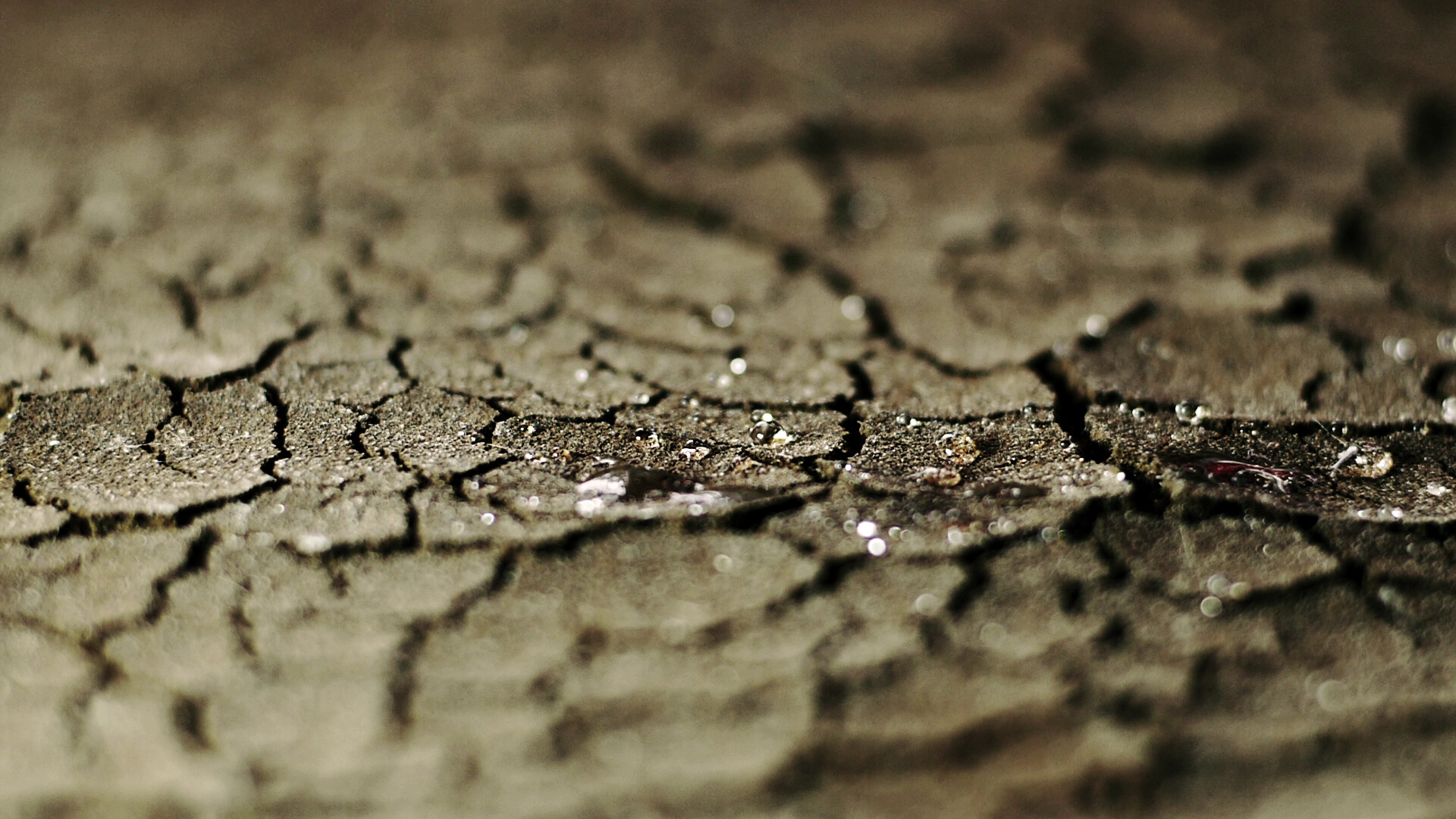March 2013
By Pacific Institute Staff
California’s Salton Sea is a fertile oasis in the hostile desert of southeastern California, adopted by millions of birds migrating along the Pacific Flyway. Yet the Sea is beset by a host of challenges, including a declining water supply, rising salinity, very high levels of nutrients that generate excessive algal growth and very low oxygen levels, and, most worrisome of all, general indifference – if not outright hostility – from state and federal decision-makers, most of whom think the Sea and its problems will simply disappear if they continue to ignore it.
The Sea defies easy description, challenging preconceptions about conservation priorities. It is a heavily human-altered landscape and often smells from the overabundance of life and death it hosts – traits that make it difficult to embrace and champion. Agricultural drainage water, laden with the fertilizers applied to fields, has created a tremendously productive ecosystem at the Sea. Fish and invertebrates swim through its turbid waters and dig through its rich sediments, feeding enormous numbers of pelicans, cormorants, skimmers, herons, egrets, rails, and other birds. In all, more than 400 species of birds – the second highest bird count in the country – have been spotted at the Sea and its environs.
The scale of the Sea adds to the difficulty of finding a viable solution to its problems. The Salton Sea has the largest surface area of any lake in California, yet is barely 45 feet at its deepest point. More than a million acre-feet of water flow into the Sea each year, but less than the amount that evaporates from its broad surface. Since 2005, the surface elevation of the Sea has fallen by about a half foot per year, exposing thousands of acres of former lakebed to the desert’s blowing winds. Salinity at the Sea now exceeds 50 g/L – a third saltier than the ocean. And salinity continues to rise.
Legislation enabling the 2003 water transfer agreement required the state to develop a restoration plan. This plan, delivered to the legislature in 2007, carried a $9 billion price tag and was effectively shelved by the legislators. Unfortunately, the legislature, concerned by limited budgets and skeptical of local stakeholders, has taken very little action since then. State agencies charged with developing long-term restoration plans have failed to do so, instead spending tens of millions of dollars on consultants and new studies, but have yet to build an acre of habitat at the Salton Sea.
The Pacific Institute has played an active role at the Sea for almost 19 years. We have produced three leading reports on the Sea, including the September 2014 Hazard’s Toll, outlining the importance of the Sea and the likely consequences of failing to act on its behalf. We have developed restoration concepts for the Sea, participated on the state’s Salton Sea Advisory Committee, and continue to work actively with state agencies and local stakeholders to get real habitat constructed on the ground to benefit at-risk species and to diminish the amount of dust blowing off of exposed lakebed. Meanwhile, we continue to promote the importance of the Sea as a bellwether of water transfer impacts and the importance of California’s remaining wetlands.
Learn more about the Salton Sea here. View current information on the Salton Sea, including the status of restoration projects, here.


